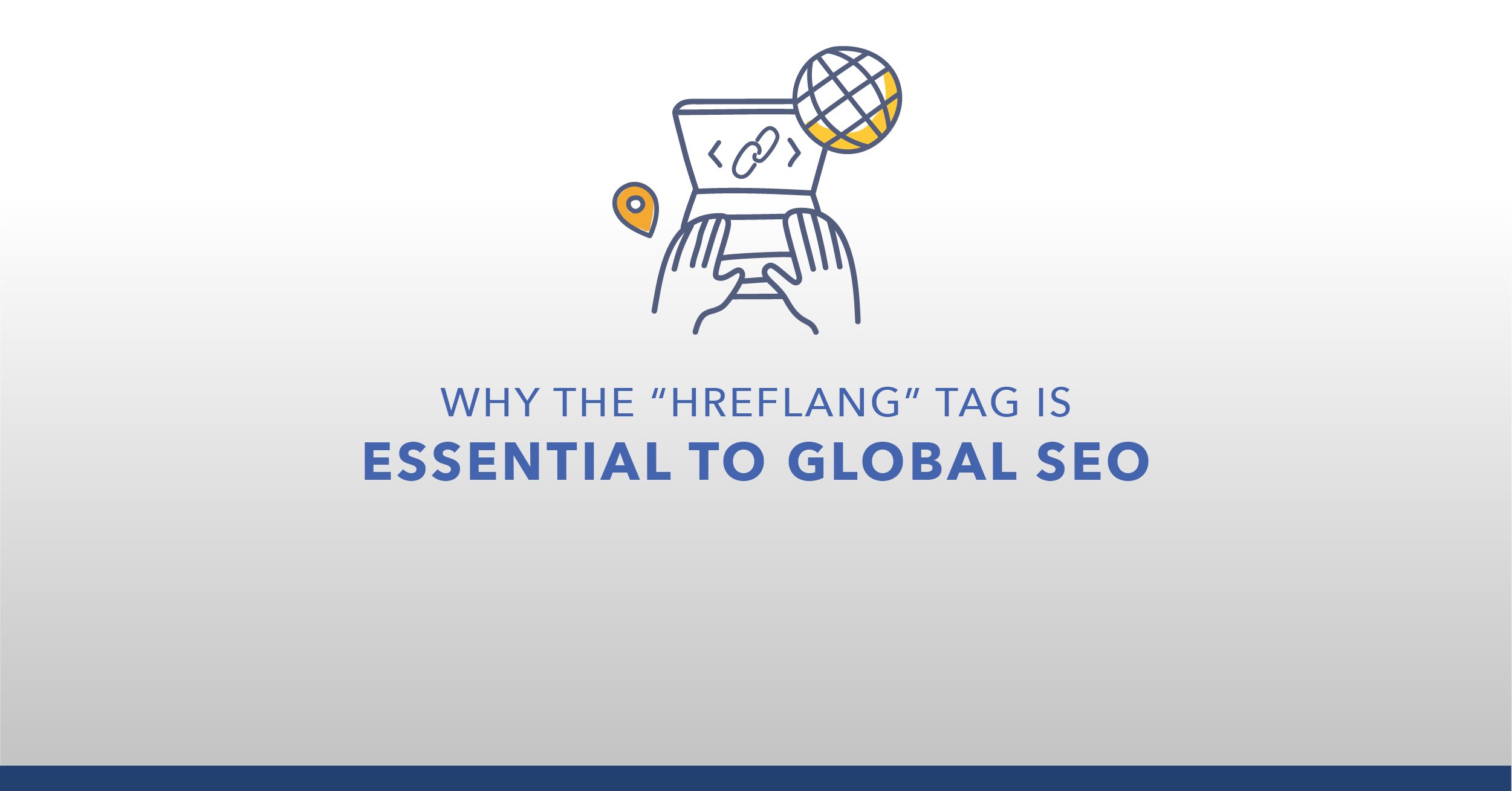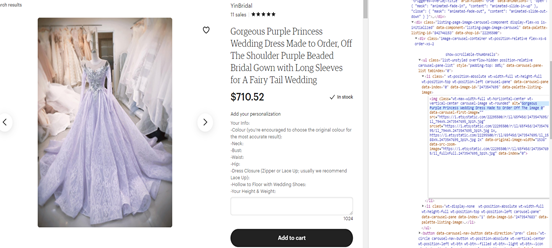Webmasters have invariably substituted 302 redirects for a 301 redirect which causes issues for a website. The user's search experience may be the same as both options land the user on the appropriate webpage.
However, search engines handle these types of URL redirects differently - the 302 redirect means that the page has been moved temporarily and other, 301, means that a new page has taken over permanently. Your site may need to determine if one was used by mistake.
The wrong redirect can cause a loss of traffic to that specific webpage or many pages on your site. Know the difference between a 301 and 302 redirects and follow best practices to optimize website SEO performance.
What is a 301 Redirect?
A 301 redirect is used to make sure that search engines and users are sent to the correct page. A 301 status code is used when any page has been permanently moved to another location.
Users will now see the new URL as it has replaced the old page. This will change the URL of the page when it shows in search engine results.
For websites hosted on servers that run Apache, website developers or owners need to access the .htaccess file within the server. If your site is hosted on a server running other software, check with your host company for more details.
When is a 301 Redirect Appropriate?
A 301 redirect is a permanent redirect. This is not useful for temporary changes or instances of A/B testing. The 301s should be used when:
- Links to any outdated URLs need to be sent to your desired page. A case in point would be the merging of two webpages or websites that are migrating permanently.
- There are several URLs used to access your site. Select a single URL as a canonical and preferred destination and use your 301 redirects to direct traffic to the preferred URL or the new one.
- You've moved your site to a new domain name, and you want to make the transition from your old site to your new website as seamless as possible.
- You are conducting an http-to-https migration.
Your previous page will be replaced and the new page will be shown in your search engine results with a 301 redirect. This is appropriate when you know the URL will be at the new page for a year or longer.
This type of page redirect passes almost all of the link equity to the new page.
A great example of a 301 redirect is the simplest redirect of your URL like site.com redirected to the www.site.com.
Always use 301s when the page content is in a new location and will not return to the original URL.
What is a 302 Redirect?
A 302 redirect is a temporary redirect and directs users and search engines to the desired page for a limited amount of time until it is removed. It may be shown as a 302 found (HTTP 1.1) or moved temporarily (HTTP 1.0).
A 302 redirect can be done using a meta tag or JavaScript, rather than accessing server files and expending additional time and effort needed for a 301 redirect.
There are webmasters that use 302 redirects rather than 301 redirects. Some may hope to avoid the Google aging delay associated with a 301 redirect.
This becomes an issue for Google that has to consider whether or not a 302 or 301 redirect was actually intended as they want to improve search engine experience and webmasters have regularly used a 302 redirect when a 301 redirect was appropriate simply because they didn't know the difference.
This can cause issues for search engine ranking and more. Problems such as continued indexing of the old URL and division of link popularity between the URLs can occur.
When Should a 302 Redirect Be Used?
There are times when a 302 redirect is useful. Add a 302 redirect for:
- A/B testing of a webpage for functionality or design.
- Getting client feedback on a new page without impacting site ranking.
- Updating a web page while providing viewers with a consistent experience.
- Broken webpage and you want to maintain a good user experience in the meantime.
302 are temporary redirects and used when webmasters need to assess performance or gather feedback. They are not to be used as a permanent solution.
How Do 301 and 302 Redirects Impact Your SEO?
What will happen to your “link juice” using 301 and 302? Matt Cutts in a video has said that use of 301 redirects will not create a loss in link juice. There are skeptics that claim that a 301 redirect may result in a 15 percent loss in “link juice.”
When a 302 redirect is used there should be no impact to PageRank, Page Authority, and Traffic Value. Using a 302 redirect by mistake can cause confusion and negatively impact search engine visibility. Which redirect is better? Each redirect serves a different purpose.
For a permanent change that will rank for SEO, a 301 redirect is necessary and understood by search engines.
302 redirect should only be used if it is a temporary change, and they often get used because it's easier to create that instance than the permanent 301 redirect.
For an overview of all HTTP status codes, read this quick guide on SEO best practices for all HTTP status codes.
It's important to understand how to use redirects. Webmasters and developers implement and move pages in many different scenarios. There are many different uses of redirects, read the full guide on all different types of redirects.







